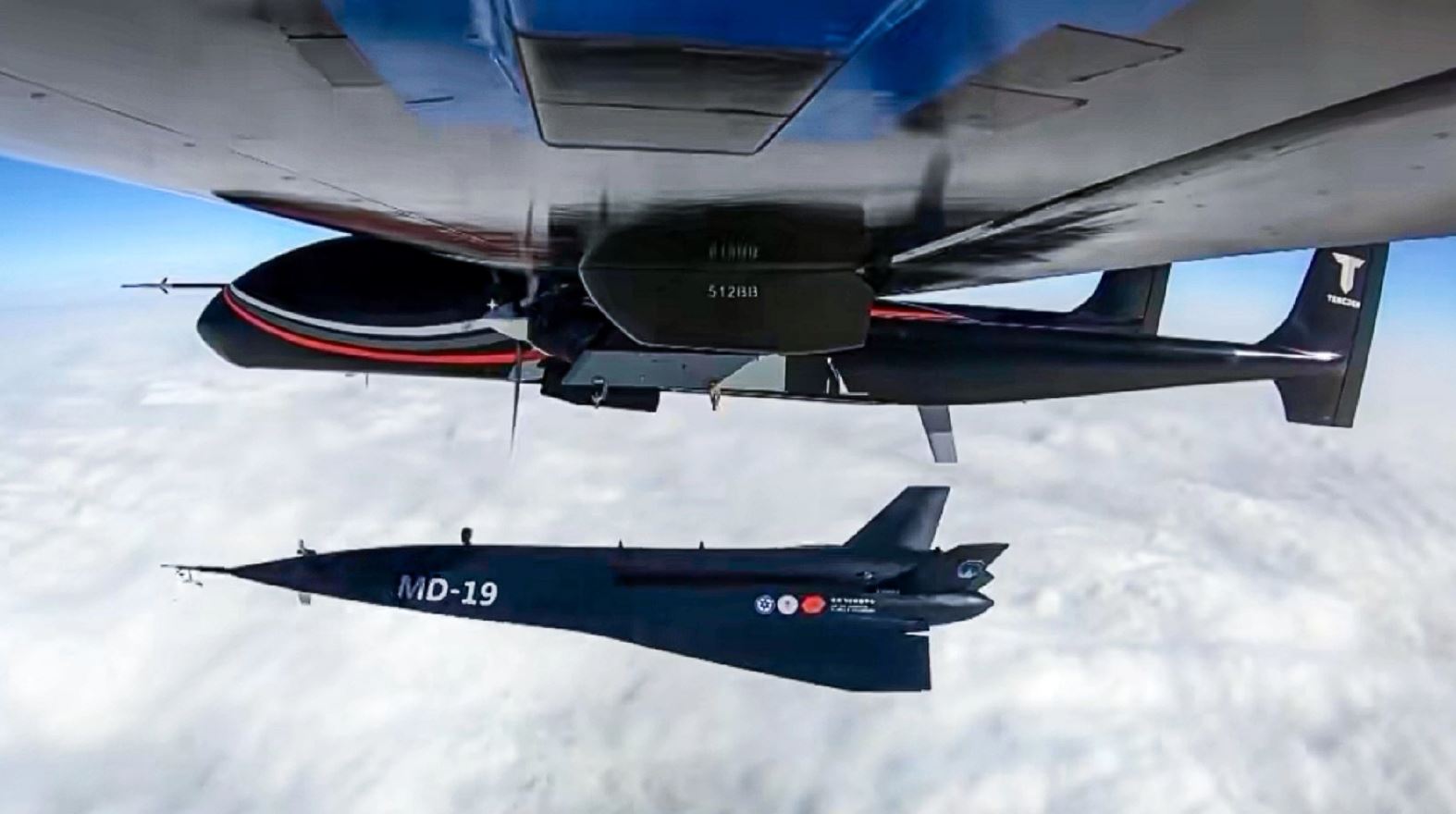 The Feitian 2 hypersonic vehicle, developed by Northwestern Polytechnical University (NPU), has just completed a rigorous flight test in northwestern China. This event marks a significant step forward in hypersonic research, providing the very first real-flight data for a rocket-based combined cycle (RBCC) engine using a kerosene-hydrogen peroxide mix.
The Feitian 2 hypersonic vehicle, developed by Northwestern Polytechnical University (NPU), has just completed a rigorous flight test in northwestern China. This event marks a significant step forward in hypersonic research, providing the very first real-flight data for a rocket-based combined cycle (RBCC) engine using a kerosene-hydrogen peroxide mix.
During the test, the vehicle showcased its ability to adjust its variable-geometry intake, manage changing thrust during acceleration, and even fly autonomously—features that are both smart and promising for future missions. The RBCC engine is designed to make the most of atmospheric oxygen, reducing the need for heavy oxidisers and thereby improving both payload capacity and fuel efficiency.
Engine stalling during the switch between ejector mode and ramjet mode is a well-known challenge in this field. However, the strategic use of thrust-varying acceleration appears to smooth out this transition, offering a practical solution to a common problem in hypersonic propulsion.
This latest test builds on the achievements of its forerunner, the Feitian 1, which safely flew in July 2022 and confirmed stable engine transitions at various speeds. Enhanced with design tweaks such as larger tail fins and extra wings near the rocket head, the Feitian 2’s variable-geometry intake adapts to the shifting conditions of high-speed flight, ensuring better control and performance.
Moreover, the test explored autonomous flight with varying angles of attack, meaning the vehicle can adjust itself mid-flight to tackle different mission challenges and environmental factors. For anyone interested in advanced flight tech, the Feitian 2 offers a tangible glimpse into where hypersonic innovations are headed.








